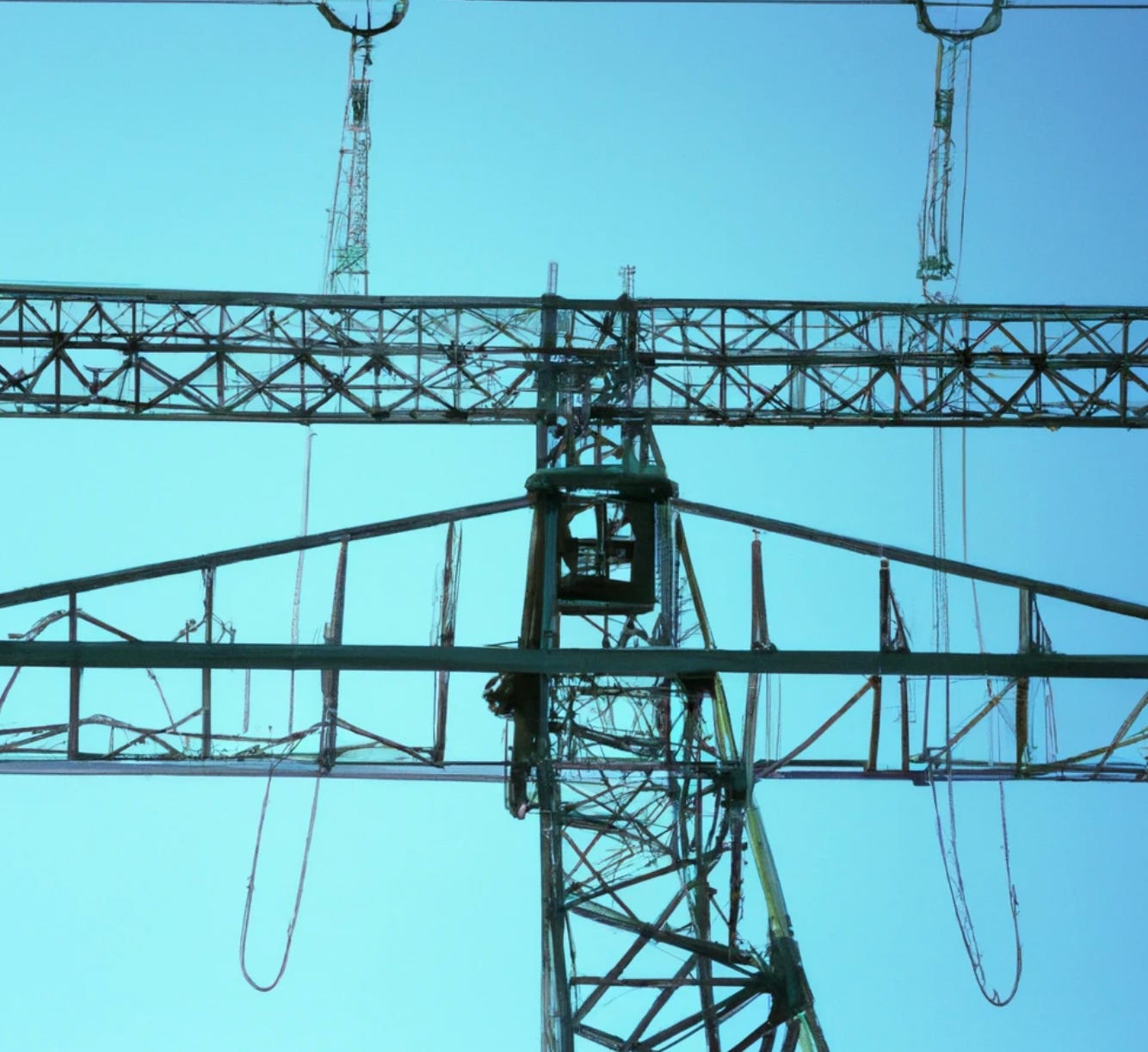How Prepared is Europe's Grid for the Renewable Onslaught?
As renewables surge ahead, Europe grapples with grid limitations and the urgent need for infrastructural and policy overhauls.
Carbon Brief
Scroll down for article
EU Carbon Prices Tumble 📉
As September's larger auction volumes come into play, European carbon prices hit a three-week low. This dip, punctuated by a breach of a significant technical threshold, comes in the wake of weaker energy prices, buoyed by ample gas reserves.
California Advances Climate Bills 🌿📜
The California Assembly committee gave the green light on Friday to two pivotal bills: one mandates companies to report on all three scopes of emissions, and the other demands transparency on financial risks tied to climate. Both proposals now stand on the precipice of a definitive floor vote.
NZ ETS Auction Faces Skepticism ❓🔨
Skepticism looms in the New Zealand Emissions Trading Scheme (ETS) as insiders anticipate this week's government auction might falter, primarily attributed to tepid demand.
African Carbon Market Boosted 💸🌍
Africa's voluntary carbon market saw an infusion of hundreds of millions on the opening day of the landmark African Climate Summit in Nairobi, signaling a potential surge in climate-focused investments across the continent.
Europe stands on the cusp of a green revolution, eyeing a future powered largely by renewables. Yet, the continent's energy ambitions may remain just that — ambitions — if the critical infrastructure, electricity grids, doesn't evolve in tandem. The continent's call to arms is clear: "No transition without more transmission."
As the calendar counts down to the significant EU High-Level Electricity Grid Forum on 7 September, hosted by ENTSO-E and under the watchful gaze of Energy Commissioner Kadri Simson, all eyes are on Europe's strategy for its power grids. This event promises a melting pot of ideas, bringing together the crème de la crème of transmission and distribution system operators (TSOs and DSOs) and stakeholders to forge the path ahead.
Ahead of this pivotal meeting, WindEurope CEO Giles Dickson painted a stark picture: the pace of grid evolution is not matching the speed of renewable energy expansion. The numbers are staggering; Europe aims to harness 30 GW of new wind energy annually until 2030. Last year, the tally was just half of that ambitious target. Why the shortfall? One doesn't need to look farther than delayed grid reinforcements and connections. For instance, in Spain alone, renewables projects exceeding 100 GW await grid connection, and Romania isn't far behind with over 50 GW in the pipeline.
Europe isn't merely wrestling with a grid connection backlog. The bigger challenge lies in ramping up investments in the grid, with the goalpost shifted from €40bn to a staggering €80bn annually. The need of the hour? New infrastructure, but equally critical is optimizing what already exists. And while technology and finance are at Europe's beck and call, the essential ingredient is prioritization.
But the grid story isn't just about connections; it's also about production. Today, Europe's grid equipment supply chain — encompassing everything from substations to transformers — is falling short. A case in point: the continent can produce a maximum of 1,900 km of offshore cables annually. By 2030, the requirement will nearly double.
The European Union's response to these mounting challenges comes in the form of the Net-Zero Industry Act, designed to bolster clean tech manufacturing capacities, grid technologies included. Yet, by many accounts, the act may not be ambitious enough. Without financial backing, lofty ambitions risk remaining on paper.
The road ahead demands visibility, simplification, and collaboration. Framework agreements bridging grid operators and suppliers, standardized equipment designs, and heightened focus on security — both cyber and physical — will be pivotal. Furthermore, while the existing TEN-E and the Ten-Year Network Development Plan offer a roadmap, they might be insufficient to usher Europe to its 2050 climate-neutral goal.
In conclusion, Europe's green ambitions are commendable, but realizing them demands not just intent but infrastructure. As we march towards 2050, the clarion call remains: more transmission for a successful transition. Europe, the clock is ticking.





